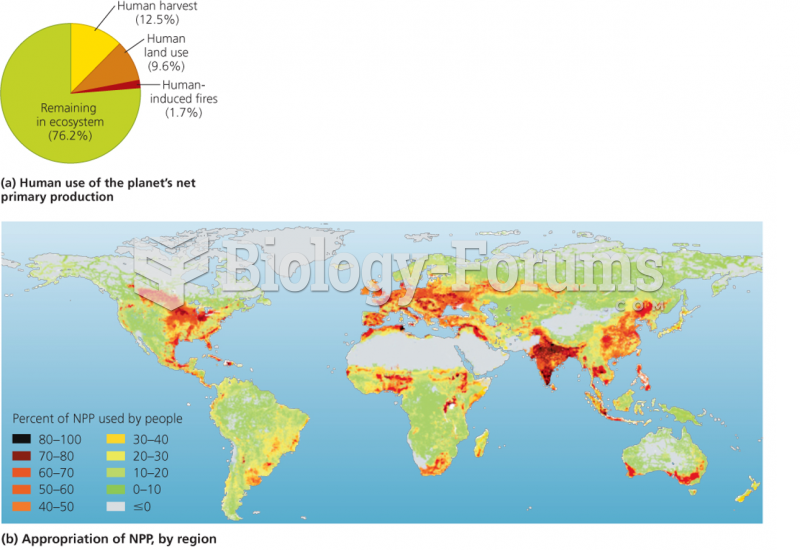Answer to Question 1
If a planet is to be a suitable home for living things, it must be in a stable orbit around its sun. That is simple in a planetary system like our own, but most planet orbits in binary star systems are unstable unless the component stars are very close together or very far apart. Astronomers can calculate that in binary systems with stars separated by distances of a few astronomical units (AU), the planets should eventually be swallowed up by one of the stars or ejected from the system. Half the stars in the galaxy are members of binary systems, and many of them are unlikely to support life on planets.Moreover, just because a star is single does not necessarily make it a good candidate for sustaining life. Earth required between 0.5 and 1 billion years to produce the first cells and 4.6 billion years for intelligence to emerge. Massive stars that live only a few million years do not meet this criterion. If the history of life on Earth is at all representative, then stars more massive and luminous than spectral type F5 are too short-lived for complex life to develop. Main-sequence stars of types G and K, and possibly some of the M stars, are the best candidates.The temperature of a planet is also important, and that depends on the type of star it orbits and its distance from the star. Astronomers have defined a habitable zone around a star as a region within which planets have temperatures that permit the existence of liquid water. The Sun's habitable zone extends from around the orbit of Venus to the orbit of Mars, with Earth right in the middle. A low-luminosity star has a small habitable zone, and a high-luminosity star has a large one.
Answer to Question 2
The distances between stars are almost beyond comprehension. The fastest human device ever launched, the New Horizons probe, will take about 90,000 years to travel the distance to the nearest star. The obvious way to overcome these huge distances is with tremendously fast spaceships, but even the closest stars are many light-years away.Nothing can exceed the speed of light, and accelerating a spaceship close to the speed of light takes huge amounts of energy. Even if you travel more slowly, your rocket would require massive amounts of fuel. If you were piloting a spaceship with the mass of 100 tons (the size of a yacht) to the nearest star, 4 light years away, and you wanted to travel at half the speed of light so as to arrive in 8 years, the trip would require 400 times as much energy as the entire United States consumes in a year. These limitations not only make it difficult for humans to leave the Solar System, but they would also make it difficult for aliens to visit Earth. Reputable scientists have studied unidentified flying objects (UFOs) and have never found any evidence that Earth is being visited or has ever been visited by aliens. Humans are unlikely ever to meet aliens face to face. However, communication by radio across interstellar distances takes relatively little energy.







